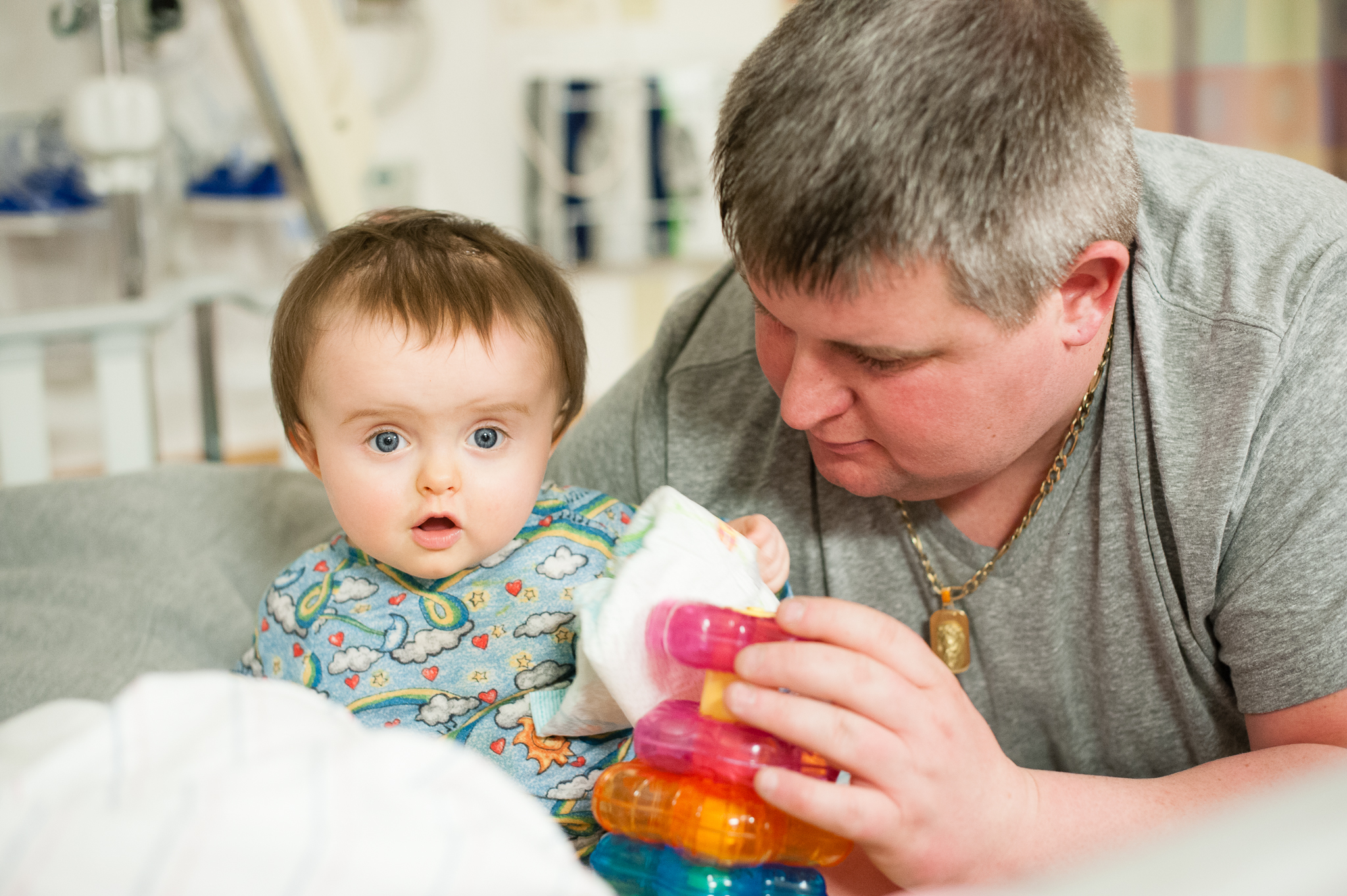 Members of the Neuroanesthesia Program at Boston Children’s Hospital are experts in providing anesthesia for neurosurgical procedures varying from simple to complex.
Members of the Neuroanesthesia Program at Boston Children’s Hospital are experts in providing anesthesia for neurosurgical procedures varying from simple to complex.
Our neuroanesthesiologists provide anesthesia care for spectrum of conditions and treatments.
Each patient undergoing neurosurgery at Boston Children’s Hospital receives care from a team of individuals that includes:
- neurosurgeon
- neuroanesthesiologists
- neurologists
- neuromonitoring
- neurocritical care
The team works collaboratively along with the patient and the family to provide state-of the art collaborative neurocritical care.
Neuroanesthesia is provided in the designated neurosurgical operating rooms. Advanced neuro monitoring is available to help the neurosurgeons and neuroanesthesiologists provide a safer level of care.
The neuroanesthesiologist works to ensure optimal operating conditions for the neurosurgeon while ensuring unconsciousness, maintenance of good brain blood flow and oxygen levels, and appropriate pain management during and after the procedure.
Occasionally, the neurosurgeon may need to have the patient awake and able to follow commands during the procedure. Our neuroanesthesia group is highly experienced in the provision of anesthesia for these and other such challenging situations.
Due to the differences in the neurophysiology and cranial development of infants and children, the anesthetist’s approach to the pediatric neurosurgical patient cannot simply be modeled on that for adults. Infants and children undergoing anesthesia for neurosurgical procedures therefore present unique challenges for the anesthetist.
Essentials of Pediatric Neuroanesthesia is a practical guide to best practice in managing the perioperative care of pediatric neurosurgical patients, providing comprehensive information on the techniques to administer anesthesia and sedation to this vulnerable patient group.
The chapters, written by leading experts, highlight clinical pearls as well as key recommended references, providing rapid access to vital information in the care of the pediatric neurosurgical patient. It is the first book of its kind to be dedicated solely to neuroanesthesia for pediatric patients, making it an essential read for both experienced and trainee pediatric anesthetists and neuroanesthetists.

